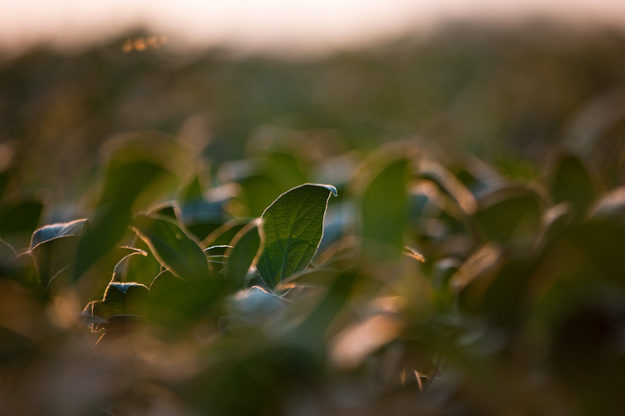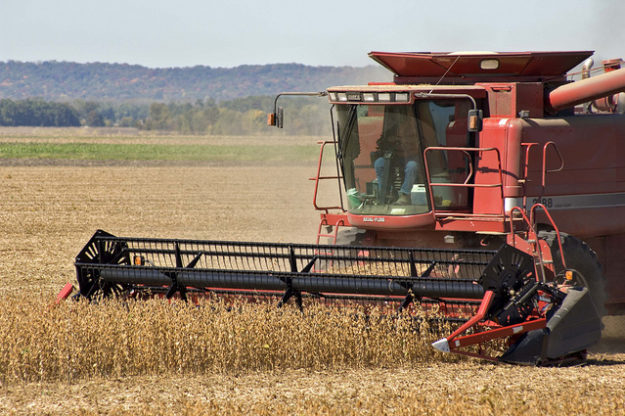Steps to Take Now for a Profitable 2017
With planting season upon us, it’s time to make sure steps are in place for profitability in 2017. Some considerations are data analysis, adding and testing technology, weed management, fertilizer application and reviewing revenue and expenses. Read THIS ARTICLE from USB for more.
Details









